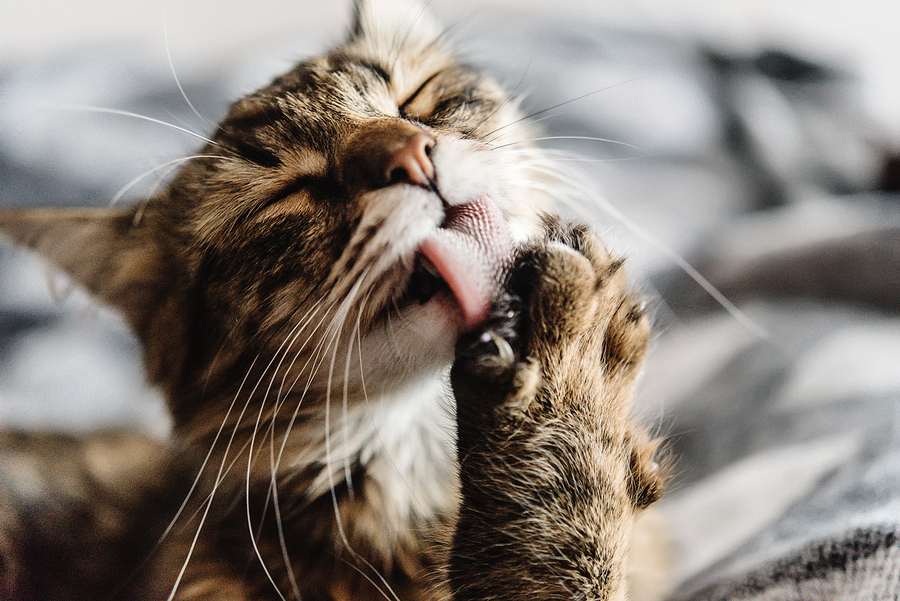We’re seeing yet more evidence that not only does declawing not keep cats out of shelters, but it can cause a lifetime of pain and difficulty walking for cats who have undergone the procedure.
The routine declawing of cats, known as “onychectomy,” has become extremely common in the United States, but that’s not the case elsewhere — in fact, it’s illegal in many countries, and rarely practiced in most.
We in the veterinary profession have long justified performing this surgery by saying it would prevent cats from scratching furniture and other possessions, as well as people, in their homes, and keep them from being taken to a shelter or put outside to fend for themselves. We’ve also claimed that, when performed skillfully and with appropriate pain medication, it was not harmful.
I’ve written about post-declawing pain syndrome before, and a study published in the Journal of Feline Medicine and Surgery this spring reinforces my concern. The researchers found declawed cats are at risk of back pain and gait problems, retained bone fragments, and were more likely to bite and stop using their litter boxes. Additionally, they stated:
Declawing cats increases the risk of unwanted behaviors and may increase risk for developing back pain. Evidence of inadequate surgical technique was common in the study population. Among declawed cats, retained P3 fragments further increased the risk of developing back pain and adverse behaviors.
The use of optimal surgical technique does not eliminate the risk of adverse behavior subsequent to onychectomy.
In another study published in the Journal of the American Veterinary Medical Association late last year, the authors found that declawed cats who live with other cats are three times more likely to fail to use the litter box appropriately than those with intact claws:
(H)aving cats that had undergone onychectomy in a 3- to 5-cat household were all significant predictors of house soiling. Notably, having cats that had undergone onychectomy in a 3- to 5-cat household increased the risk of house soiling by more than 3-fold, indicating that the association between onychectomy and house soiling was influenced by the number of cats per household.
Compare this finding with the results of the analysis in which onychectomy status was stratified by the number of cats per household, which showed that onychectomy status had no confounding effect on this association. Taken together, these results indicated that when there were 3 to 5 cats in a household that had also undergone onychectomy, there was a greater risk of house soiling in that household.
Since litter box avoidance is the top reason cats are surrendered to shelters, continuing to use keeping cats out of shelters as a way to rationalize declawing seems increasingly insupportable.
It’s also worth noting that virtually all national humane organizations, including the Humane Society of the United States, the Humane Society Veterinary Medical Association, Alley Cat Allies, AdoptAPet.com, the North Shore Animal League, Petfinder, and Best Friends Animal Society, as well as countless shelters and rescue groups across the country, vehemently oppose surgical declawing of cats unless medically necessary due to a condition such as cancer or severe injury.
I’m with them. I hope the rest of my profession joins us soon.


